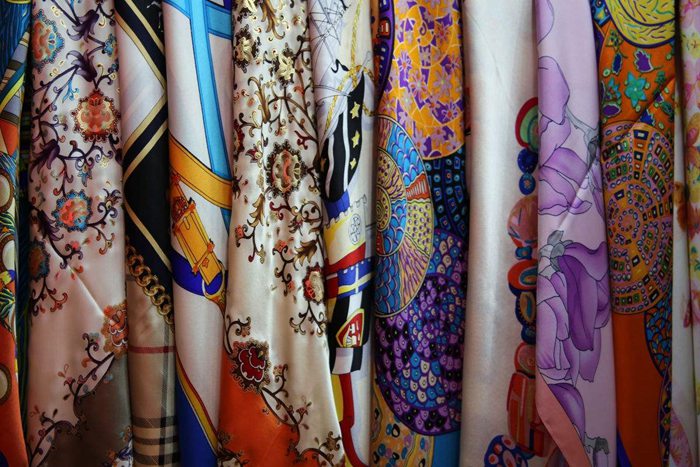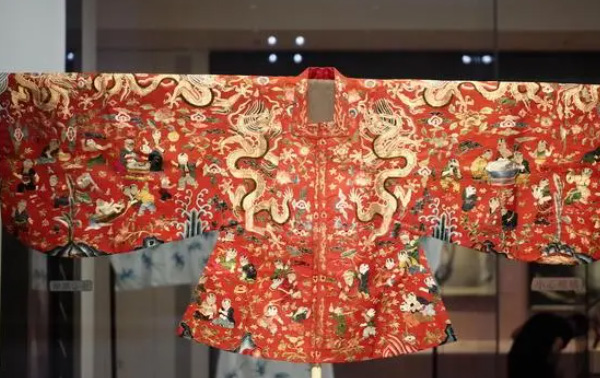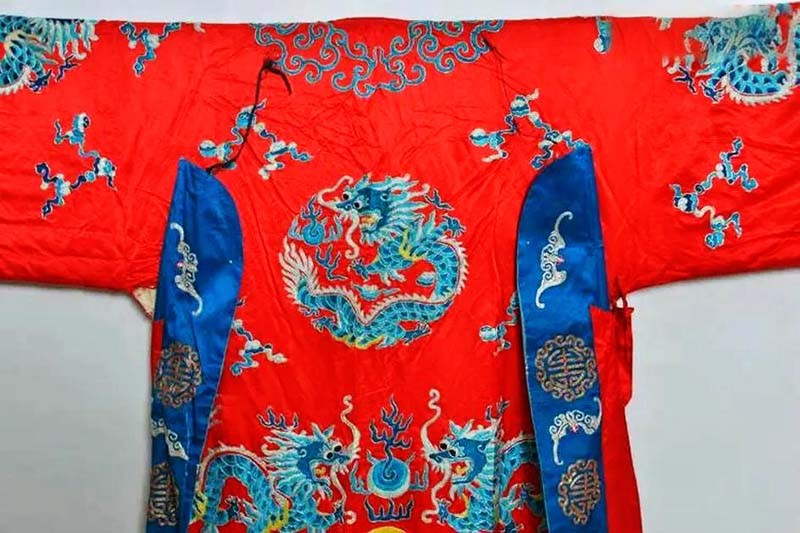# Exploring Suzhou’s Silk Weaving Traditions and History
Welcome to the enchanting world of Suzhou’s silk weaving, a timeless art that weaves together history, culture, and innovation. For travelers eager to uncover the rich tapestry of China’s cultural heritage, Suzhou stands as a beacon of tradition and elegance. As a key destination in **Suzhou cultural heritage**, this city offers a deep dive into **China silk history**, where ancient techniques meet modern allure. Whether you’re planning a **Suzhou travel guide** adventure or seeking immersive **China cultural tours**, exploring Suzhou’s silk traditions promises stories that linger long after your trip ends. Here at jusha.travel, we love sharing tips to make your China journey unforgettable, and this post will guide you through the intricate threads of Suzhou’s legacy.

## The Ancient Origins of Suzhou Silk Traditions
Suzhou’s story begins thousands of years ago, positioning it as a cradle of **Suzhou Silk Traditions**. Archaeological discoveries in the Taihu Lake area reveal silk fragments dating back over 4,700 years, underscoring Suzhou’s role as an early epicenter of sericulture—the art of silkworm breeding and silk production. This ancient practice not only fueled local economies but also laid the foundation for China’s global influence in textiles.
Imagine standing in the shadows of history, where the legendary figure of Leizu, the wife of the Yellow Emperor, is credited with discovering silk around 2700 BCE. According to ancient tales, she unraveled the secrets of silkworms and taught communities how to harvest and weave this luxurious fiber. For culture enthusiasts, this myth highlights the ingenuity of early Chinese innovations, a theme that resonates throughout **China silk history**. By the Shang Dynasty (circa 1600–1046 BCE), specialized looms and intricate designs had emerged, with Suzhou at the forefront of these advancements.
Travelers visiting Suzhou can experience this heritage firsthand at sites like the Suzhou Silk Museum, a must-visit for any **China cultural tours**. Practical tip: Plan a half-day visit during your trip, and don’t miss the interactive exhibits on sericulture. For more on the fascinating origins, check out the comprehensive resource at https://jusha.travel/how-to-explore-chinas-silk-road-in-one-unforgettable-trip/, which details how these early techniques shaped global trade.
This section of your journey isn’t just about history—it’s about connecting with the vibrant pulse of Chinese culture. If you’re a foodie, pair your silk exploration with a local meal; Suzhou’s cuisine often features silk-inspired motifs in its delicate dishes, blending flavors with artistry.

## Evolution Through Dynasties: China Silk History
As **China silk history** evolved, Suzhou emerged as a powerhouse, its silk industry flourishing through various dynasties and influencing trade routes like the ancient Silk Road. During the Tang (618–907 CE) and Song (960–1279 CE) Dynasties, Suzhou became the heart of silk production, supplying the empire with fabrics that symbolized wealth and sophistication. This period marked Suzhou as a vital node in **Cultural attractions Suzhou**, where artisans perfected techniques that blended utility with unparalleled beauty.
Fast-forward to the Ming (1368–1644 CE) and Qing (1644–1912 CE) Dynasties, and Suzhou earned its nickname as the “City of Silk.” Here, weavers created opulent textiles for the Imperial Court, including brocades and garments that adorned emperors and elites. This era showcased technological leaps, such as the introduction of treadle looms, which allowed for more complex patterns and efficiency. For modern travelers, this evolution offers insights into how innovation has always been part of Chinese heritage.
In your **Suzhou travel guide**, include a stop at the Suzhou Silk Museum to witness these dynastic treasures. Cultural insight: Silk wasn’t just a material; it represented social status and even played a role in diplomacy. Today, you can participate in workshops to try your hand at weaving, blending hands-on fun with historical learning. As detailed in resources from the https://jusha.travel/historical-places-in-china-a-comprehensive-guide-to-ancient-sites-and-cultural-landmarks/, these advancements highlight Suzhou’s enduring impact on global fashion and culture.
For tech-savvy visitors, note how ancient innovations prefigured modern textile technology—much like how China’s current advancements in smart fabrics echo these roots. This connection makes Suzhou a perfect blend of old and new, ideal for those on **China cultural tours** seeking depth and discovery.

## Masterful Techniques: Song Brocade and Kesi
Delving deeper into **Suzhou Silk Traditions**, let’s explore the masterful techniques that define the city’s weaving prowess. Among the highlights are Song Brocade and Kesi, two art forms that exemplify **Suzhou cultural heritage** and attract visitors from around the world.
Song Brocade, one of China’s “three famous brocades,” is renowned for its fine texture and intricate patterns featuring motifs like phoenixes, dragons, and peonies. Originating in the Song Dynasty, this technique involves weaving multiple colors and threads to create vibrant, durable fabrics that were once reserved for royalty. Kesi, on the other hand, is a tapestry-style weaving that demands incredible precision—each colored segment is woven separately, resulting in sharp lines and vivid contrasts. Traditionally used for imperial robes and scrolls, Kesi showcases the labor-intensive nature of Suzhou’s crafts.
For travelers, witnessing these techniques live is a highlight of any **Cultural attractions Suzhou** itinerary. Interesting fact: Kesi weaving can take months for a single piece, reflecting the patience and skill passed down through generations. To see it in action, watch the engaging video from https://jusha.travel/why-a-suzhou-canal-day-trip-is-a-foodies-delight/, which brings the process to life.
Practical tips for your visit: Join a weaving workshop in Suzhou’s old town, where you can create your own silk souvenir. If you’re into food, pair this with a tasting of Suzhou’s signature dishes, like the delicate silk-wrapped dumplings, which mirror the city’s emphasis on fine details. These experiences not only enhance your **Suzhou travel guide** but also foster a deeper appreciation for **China cultural tours**.

## Innovations in Tools and Technology
The evolution of **Suzhou Silk Traditions** isn’t complete without examining the tools and technologies that propelled it forward, intertwining with broader **China silk history**. From simple backstrap looms used in ancient times to sophisticated drawlooms of the Han Dynasty, Suzhou’s weavers continually innovated to create more complex designs.
Early tools like the backstrap loom relied on the weaver’s body for tension, enabling basic fabrics that formed the backbone of daily life. By the Warring States period (475–221 BCE), advancements like treadle and multi-heddle looms allowed for patterned silks that could mimic paintings. These breakthroughs not only boosted production but also preserved intangible cultural heritage, as recognized by UNESCO.
In today’s context, Suzhou blends tradition with modern technology, such as digital looms that maintain ancient techniques while improving efficiency. For tech enthusiasts on **China cultural tours**, this fusion is fascinating—much like how China leads in contemporary innovations, from AI to sustainable fabrics. Visit the Suzhou Silk Museum for exhibits on these tools, as explored in depth at https://jusha.travel/how-to-plan-a-suzhou-day-trip-for-dining-and-gardens/, which discusses how creative hubs like Suzhou sustain cultural legacies.
Travel tip: If you’re planning a trip, use apps for virtual tours of silk factories to prepare. This section of your **Suzhou travel guide** reminds us that innovation isn’t new—it’s woven into the fabric of Chinese history.
## Wrapping Up: Why Suzhou’s Silk Legacy Matters
As we conclude our journey through **Suzhou Silk Traditions**, it’s clear that this city is more than a stop on your **China cultural tours**—it’s a living museum of **Suzhou cultural heritage**, **China silk history**, and innovative spirit. From the ancient origins to masterful techniques and technological evolutions, Suzhou’s silk weaving offers profound insights into China’s cultural richness, inspiring travelers to appreciate the artistry behind everyday luxuries.
Whether you’re walking through silk markets or savoring a meal influenced by these traditions, Suzhou leaves an indelible mark. Here at jusha.travel, we’re passionate about guiding you through such experiences, helping you create memories that blend history with adventure. So, what are your thoughts on Suzhou’s silk wonders? Share your stories in the comments below, visit jusha.travel for more inspiring articles on China’s hidden gems, or explore related posts like our guides to other cultural attractions. Let’s keep the conversation going—your next Chinese escapade awaits!
https://jusha.travel/top-10-ancient-towns-in-china-youll-wish-you-visited-sooner/

